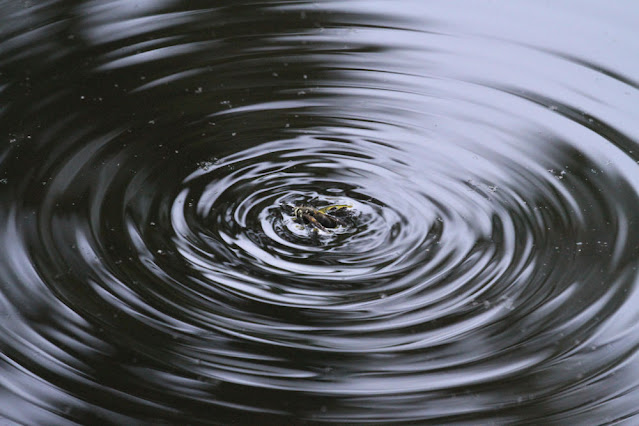 I am very happy that we got to see these extraordinary wading birds. This is a very unusual sighting and many birders have visited the park. (Our visit was last Friday, July 23rd, 2021.)
I am very happy that we got to see these extraordinary wading birds. This is a very unusual sighting and many birders have visited the park. (Our visit was last Friday, July 23rd, 2021.)
 We arrived just after 9.00 a.m. and walked through the wood that takes us to the boardwalk. The boardwalk crosses the marsh area. All we had to do was follow the photographers. There were those heading out of the park, and I asked one lady if she had seen the Spoonbills. She had and told me to look for the other photographers.
We arrived just after 9.00 a.m. and walked through the wood that takes us to the boardwalk. The boardwalk crosses the marsh area. All we had to do was follow the photographers. There were those heading out of the park, and I asked one lady if she had seen the Spoonbills. She had and told me to look for the other photographers.
The birds were not close but Gregg got great photos and we were very happy with them. We saw several photographers with longer lenses than we had, and their photos are probably the ones we have been seeing on Instagram. There was another line of long lenses behind me as I took this photo.

In the United States, the Roseate Spoonbill can be found in southern Florida, coastal Texas and southwestern Louisiana. Their breeding range extends south from Florida through the Greater Antilles to Argentina, Chile and Uruguay. Roseate Spoonbills usually live in marsh-like areas and mangroves, and for a short spell at Huntley Meadows Park in Alexandria, Virginia. Color us pink and very happy!
I have another post on this bird that I shared last week. You can click here if you missed it. It has more information. I took those photos on a trip to Florida. Gregg took most of these.Originally I was told by one of the photographers, that there had been three Spoonbills, but no one had sighted the third for several days. We only saw two. Having read that they are very social, we were not surprised to see them looking comfortable in the presence of a small flock of Canada Geese, and a family of ducks. Its mate was out of view of these photos.
A female lays a clutch of one to five eggs. Both parents share incubation duties, which last about 22 to 24 days. A newly hatched chick has mostly pink skin with a sparse covering of white down. After one month, the chick will begin to exercise by clambering through the branches or foliage surrounding the nest, and by six weeks it will have developed wing feathers large enough for flight.
They can live up 10 years in the wild.
Roseate Spoonbills have an interesting gait. When they walk they swing their head back and forth in a sideways motion.

- The light colored Roseate Spoonbills are the younger generation and they will darken as they mature.

Roseate Spoonbills will feed in both fresh and saltwater during the early morning and evening, competing with larger birds such as egrets, herons, and pelicans. I have seen egrets and herons here but not pelicans. Who knows what will turn up at the park. I never thought we would see the Spoonbill.
They will slowly walk with their beaks dipped into the water slightly open, allowing their bill to easily sift through the mud. Using their sense of touch more than sight, the Spoonbill will scoop up crustaceans, insects, newts, some plants, and more. Similar to flamingos, the canthaxanthin and astaxanthin in the Spoonbill diet causes their pink coloration! We watched from a distance as a waddling march of young mallards made their way across the marsh. They were very cute and I will have more photos of these ducks in another post.
The Spoonbill can be seen nearest the water with the Canada Geese resting nearby.
I have a few more photos and will share them soon. For the most part this is all for now on the Roseate Spoonbill. I am not sure how long they will be here but my goodness, I am so happy we were able to see them.
If you would like to see great photos, you can find those if you click on this link. It is an article by Alexandria Living Magazine. If the link doesn't work for you, you can use the actual address following:
In the article it says that a recent tropical storm in the southeast may have sent many birds flying for safer locales.
Thanks for looking and I hope the rest of your week is a great one.



















































